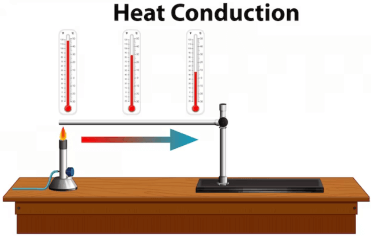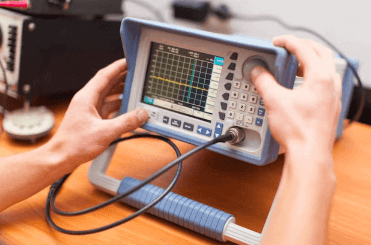Question
a.
Agree
b.
Disagree
c.
Can't say
d.
None of these
Posted under Mechanical Engineering
Interact with the Community - Share Your Thoughts
Uncertain About the Answer? Seek Clarification Here.
Understand the Explanation? Include it Here.
Q. In a force-closed pair, the two elements of a pair are not held together mechanically.
Similar Questions
Explore Relevant Multiple Choice Questions (MCQs)
Q. Maximum fluctuation of energy in a flywheel is equal to (where I = Mass moment of inertia of the flywheel, E = Maximum fluctuation of energy, CS = Coefficient of fluctuation of speed, and ω = Mean angular speed = )
View solution
Q. The coriolis component of acceleration acts
View solution
Q. The primary unbalanced force is maximum __________ in one revolution of the crank.
View solution
Q. The instantaneous centres which vary with the configuration of mechanism, are called
View solution
Q. The displacement of the reciprocating roller follower, when it has contact with the straight flanks of the tangent cam, is given by (where r1 = Minimum radius of the cam, r2 = Radius of the roller follower, and θ = Angle turned by the cam from the beginning of the follower displacement)
View solution
Q. In considering friction of a V-thread, the virtual coefficient of friction (μ1) is given by
View solution
Q. The wear of bearing is proportional to velocity and pressure.
View solution
Q. The maximum or minimum value of the swaying couple is
View solution
Q. For an involute gear, the ratio of base circle radius and pitch circle radius is equal to
View solution
Q. A chain consisting of four links and four joints is called a kinematic chain.
View solution
Q. Which of the following is an open pair?
View solution
Q. The frictional torque transmitted in a flat pivot bearing with assumption of uniform pressure is __________ as compared to uniform wear.
View solution
Q. In a shaper mechanism, the coriolis component of acceleration does not exist.
View solution
Q. In a gear having involute teeth, the normal to the involute is a tangent to the
View solution
Q. A body is said to be under forced vibrations, when
View solution
Q. The natural frequency of free longitudinal vibrations is equal to (where m = Mass of the body, s = Stiffness of the body, and δ = Static deflection of the body)
View solution
Q. The radius of a friction circle for a shaft rotating inside a bearing is (where r = Radius of shaft, and tan φ = Coefficient of friction between the shaft and bearing)
View solution
Q. The frictional torque transmitted in a flat pivot bearing, considering uniform wear, is (where μ = Coefficient of friction, W = Load over the bearing, and R = Radius of bearing surface)
View solution
Q. If the damping factor for a vibrating system is unity, then the system will be
View solution
Q. In vibration isolation system, if ω/ωn < 2, then for all values of damping factor, the trans-missibility will be (where ω = Angular speed of the system, ωn = Natural frequency of vibration of the system)
View solution
Recommended Subjects
Are you eager to expand your knowledge beyond Mechanical Engineering? We've handpicked a range of related categories that you might find intriguing.
Click on the categories below to discover a wealth of MCQs and enrich your understanding of various subjects. Happy exploring!








